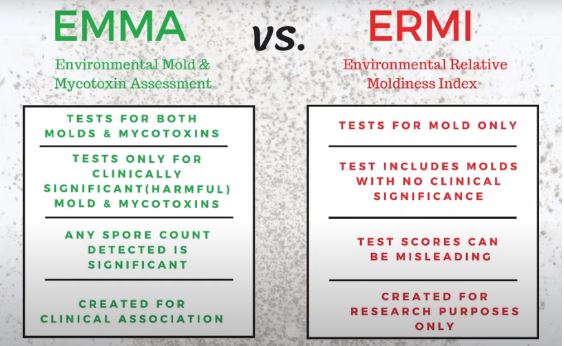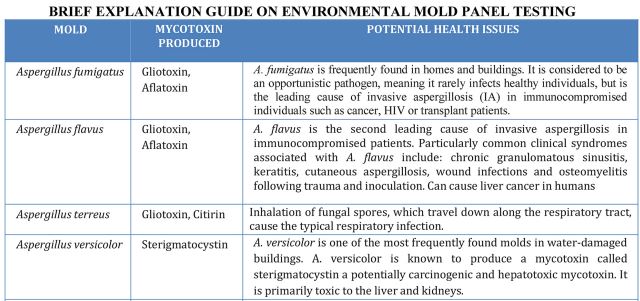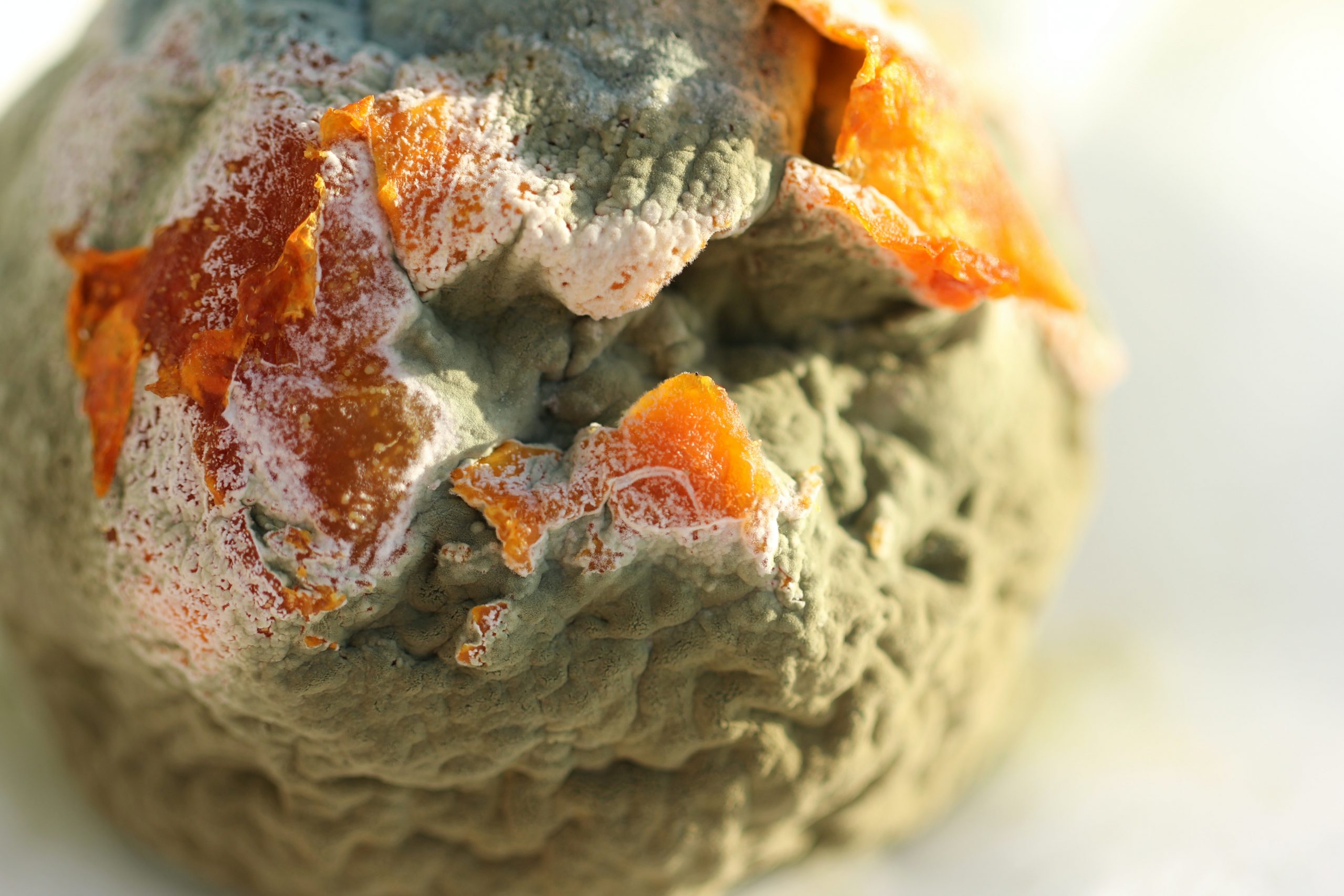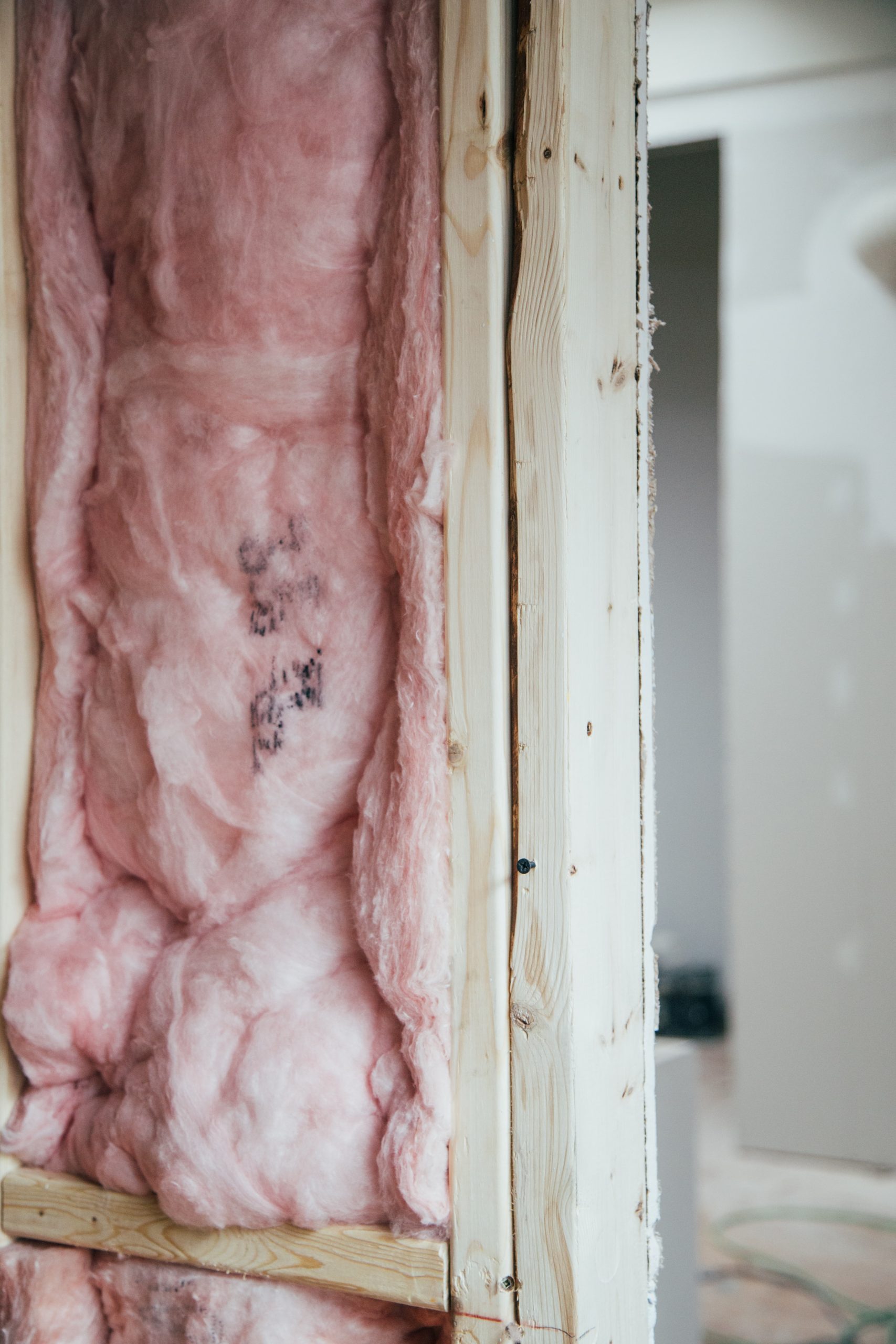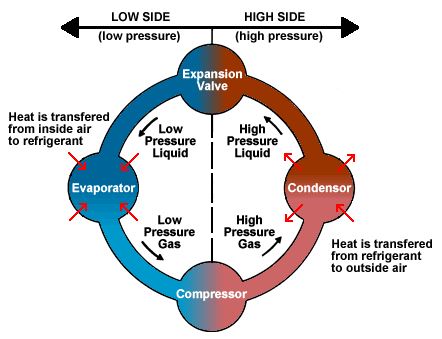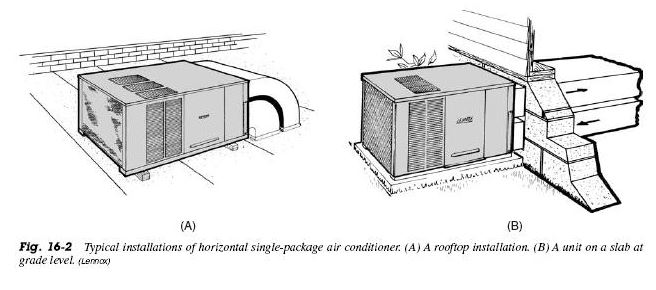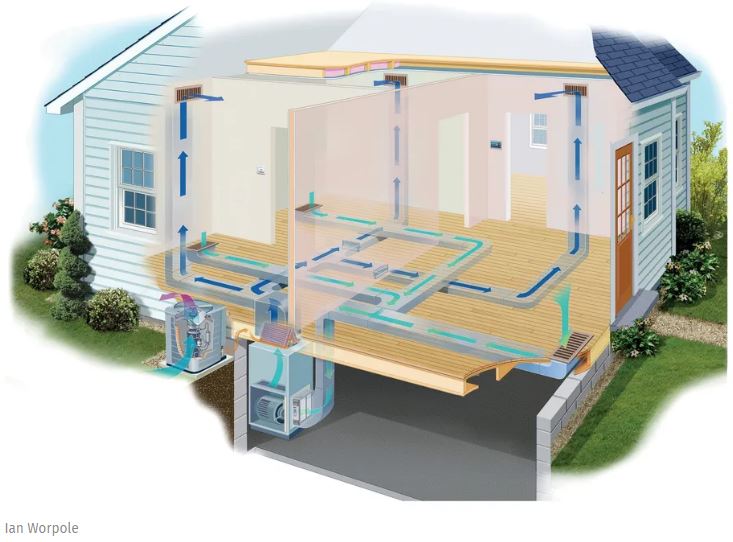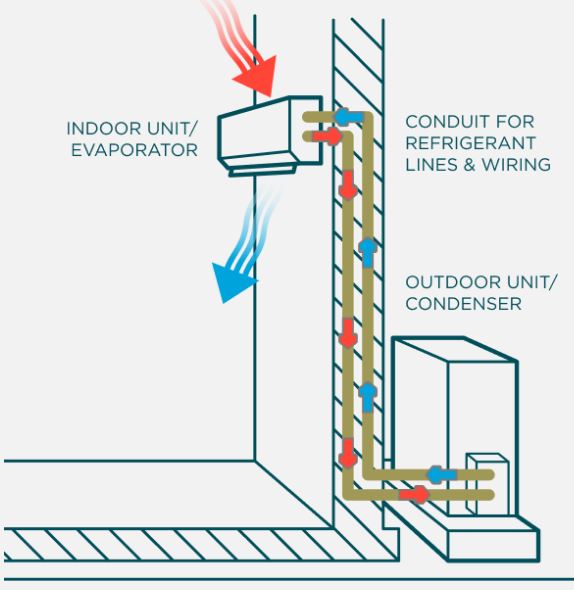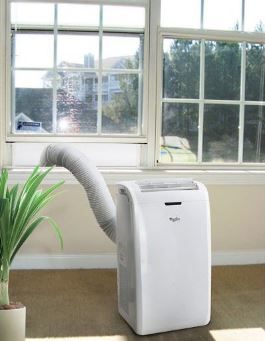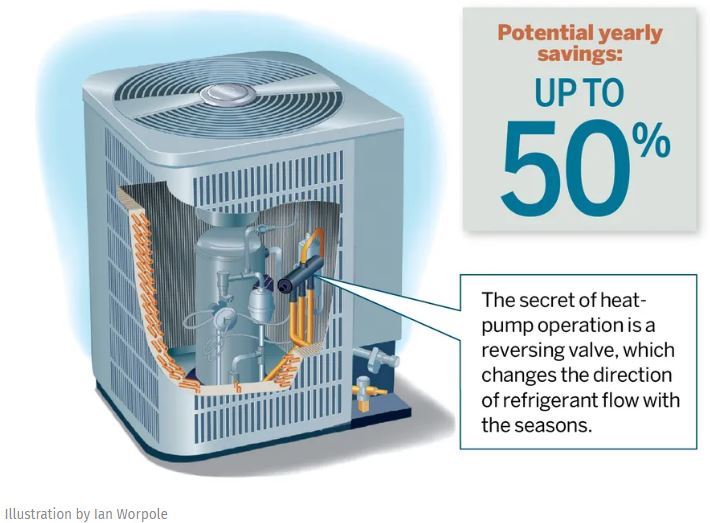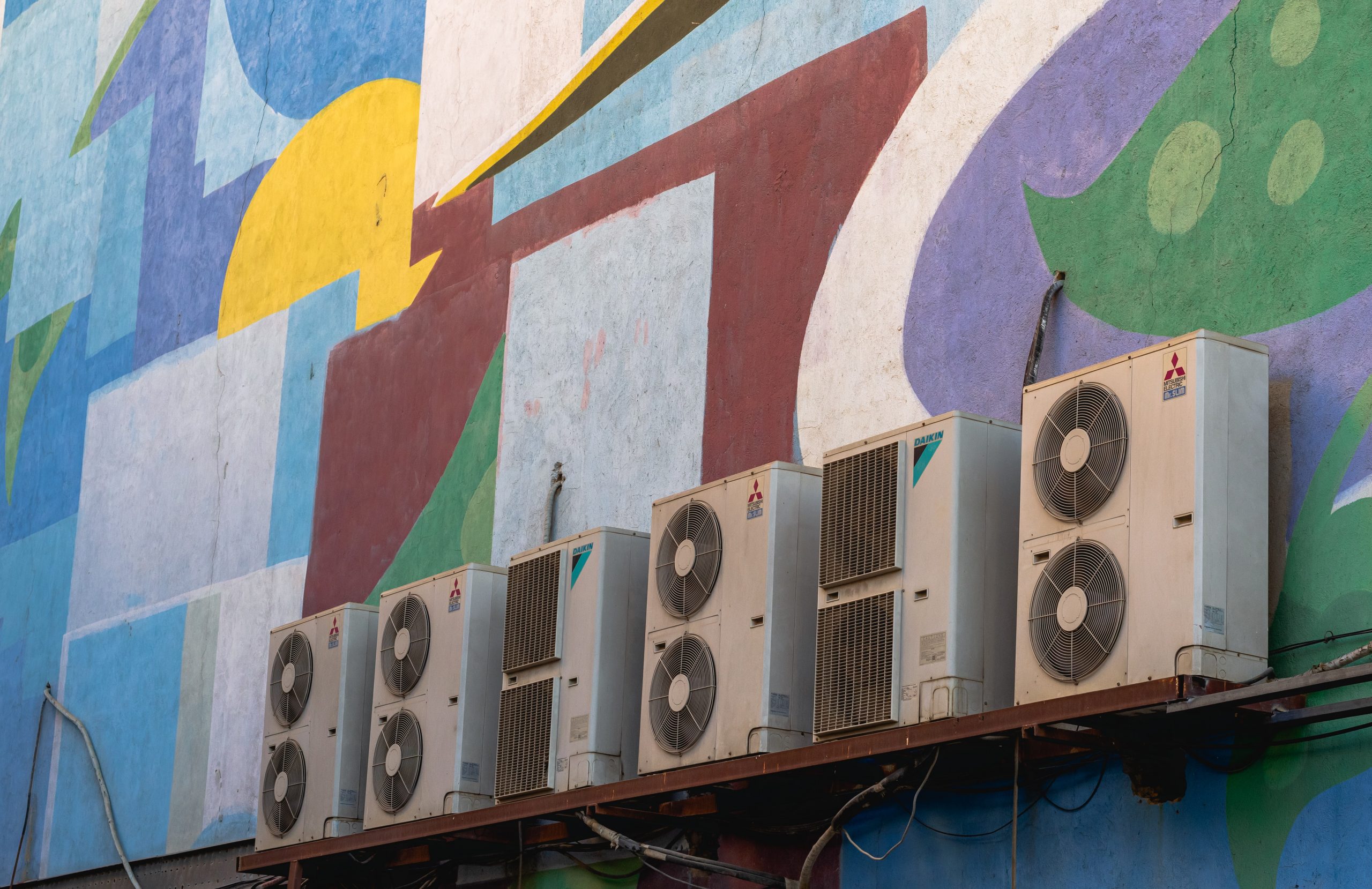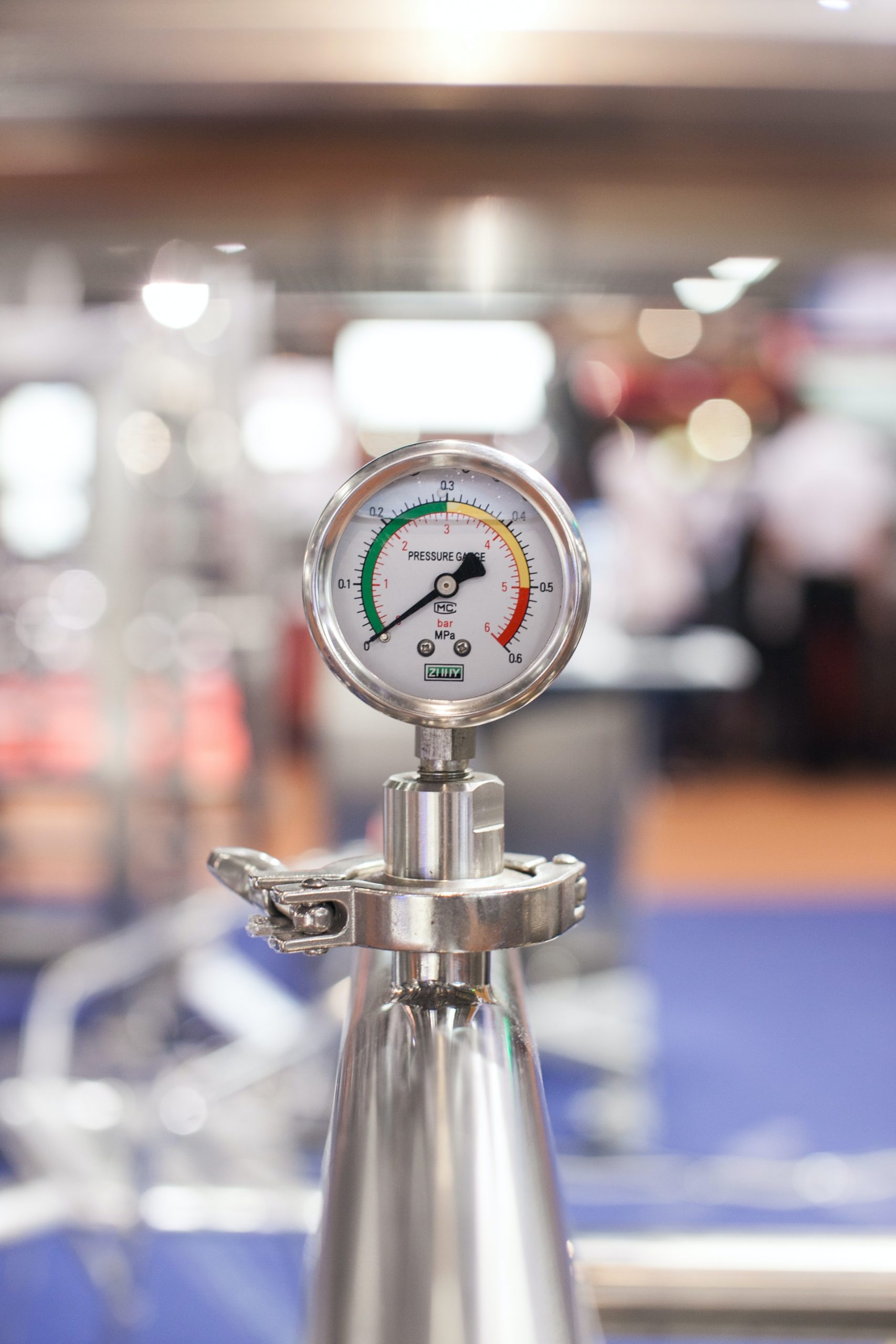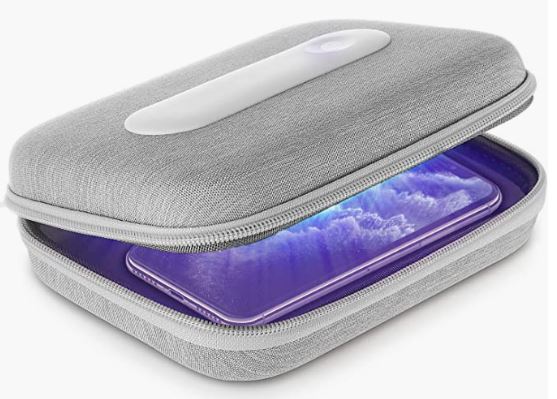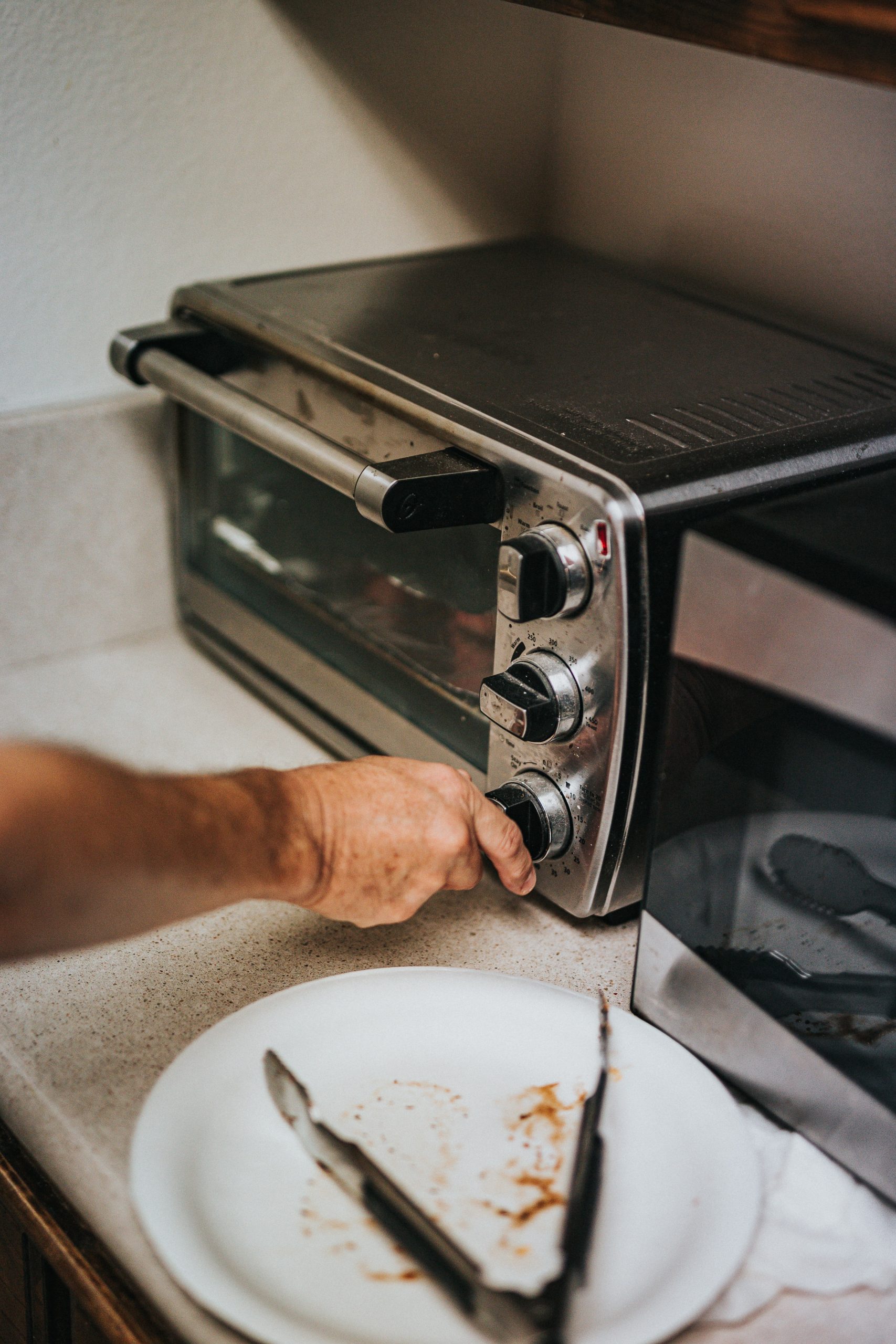How droughts can even impact your air
How droughts can even impact your air
It’s been an unusual year. In the southeast US, temperatures have been above normal with extended periods of no rain. In the west, Lake Mead and Lake Powell have lowered by nearly 75% of where lake levels once were as the country's two largest reservoirs. The Colorado River, which supplies these lakes, is used by seven surrounding states, and for decades annually the region was taking out about 1 million acre-feet of water more than the river was providing (Los Angeles Times). Much of the country is in drought, and the Southwest is experiencing a megadrought–one it has not seen in 1,200 years.
What is drought? Drought arises only after a prolonged (>week) period of precipitation shortage that causes soil to dry up, and these period(s) may reoccur monthly. Further, the prominent feature of drought is water deficit in both the atmosphere and the land component (e.g., soil and vegetation), resulting from the combination of precipitation shortage and increasing evapotranspirative water loss driven in part by high temperatures. (2017 study). When drought hits home, it’s more than water restrictions on your lawn. Here are some of the effects:
Droughts increase ozone and PM2.5. A study released in 2017 examined air quality during 4 severe droughts and found that elevated ozone and PM2.5 are attributed to the combined effects of drought on deposition, natural emissions (wildfires, biogenic volatile organic compounds (BVOCs), and dust), and chemistry. In our post “It’s not the heat, it’s the humidity air pollution”,we noted the correlation between extreme heat and ozone. Here are some other facts brought forth by the 2017 study:
Meteorological conditions/extremes likely to co-occur with drought that are also associated with higher pollution levels. For example, high ozone is more likely to occur with high temperature and low RH (2016 study; 2017 study, 2016 study 2)
more frequent stagnation and heat waves could explain up to 40 % of the ozone and PM2.5 enhancements during drought
Since anthropogenic sources of ozone and PM2.5 have decreased significantly since 1990, the ozone and PM2.5 enhancements during drought are largely responses of natural processes from the land biosphere and abnormal atmospheric conditions.
Droughts affect plants and their interaction with atmospheric ozone in complicated ways. Some plants take in ground-level ozone, while other plants emit isoprene, a VOC that reacts with other atmospheric chemicals to create ozone. (Scientific American). While studying the 2011-2015 drought in California, scientists found that:
Dry conditions caused the plants to restrict water loss by closing their stomata (pores), which means taking in less ozone (ozone levels rose). Absorption did drop by about 15% during the most severe years of the drought.
Plants and trees were able to sustain isoprene production during the first three years by drawing on their carbon stores; isoprene helps them against heat stress.
After 4 years, isoprene production dropped, and so did ozone (by 20%).
Drying lakebeds (like the Great Salt Lake in Utah) expose people to toxic elements like arsenic when dust storms pick up lake bed dust, which are residuals of pesticides and agricultural chemicals that migrated into the lake over many decades.. (New York Times) Another dried lake that causes air quality problems is Owens Lake in California, which is the country’s largest source of PM10 (geochange.er.gov).
Droughts can increase transmission of soil and dust-transmitted diseases like Valley Fever, which is coccidiodomycosis (Cocci for short). Dust that is liberated from the soil during digging activities or dry, windy conditions can carry the fungus, which workers or residents can breathe in. It causes symptoms like fever, cough and tiredness, but can occasionally be serious or deadly.
Trees and plants weakened by drought are more vulnerable to pests and disease, which can kill large numbers of them. Plants that succumb to drought and die cause several problems:
they turn from absorbing ozone and CO2 to emitting carbon via CO2.
Dead plants and trees increase the risk of wildfires.
Droughts impact electric power generation systems (the Grid)in the following ways (americanscientist.org):
Hydropower is reduced because of low stream flow
Demand for electricity increases because increased cooling is needed in homes and offices
Fossil-fuel plants (coal, natural gas) must increase production of electricity.
This means that air pollution increases during drought due to our electric power generation system. IF changes can be made to shift to “cleaner” generators (ie. natural gas instead of coal) during drought, it is generally better for air quality.
In all, drought is a serious, complicated blight on both the land and the air, which we at HypoAir have felt for some time because California has been in long-term drought. Finding ways to reduce water and energy consumption helps everyone, so don’t wait until regulations forces change–here’s a list of ways you can help your community and family before and during drought. However, it’s the unseen increases in ozone, PM2.5, fungus and other forms of air pollution for which the public generally doesn’t prepare. Here are some ways you can be smarter about air pollution from drought:
Continue to work on air sealing your home
Have extra MERV 13 furnace filters, air purifier filters, and filter media on hand so that you can change these more frequently
Have N95 respirators on hand for the immune-impaired who need to go outside
Be cautious about excavation and construction work in areas where Valley Fever is a risk (wear an N95 mask if necessary)
Photo by redcharlie on Unsplash


